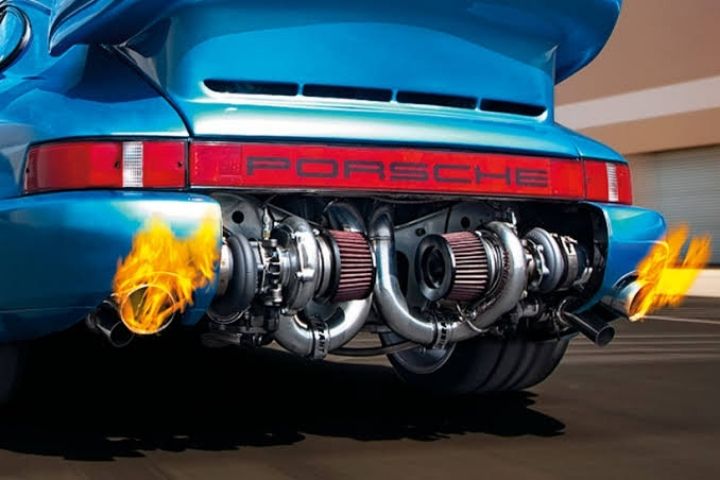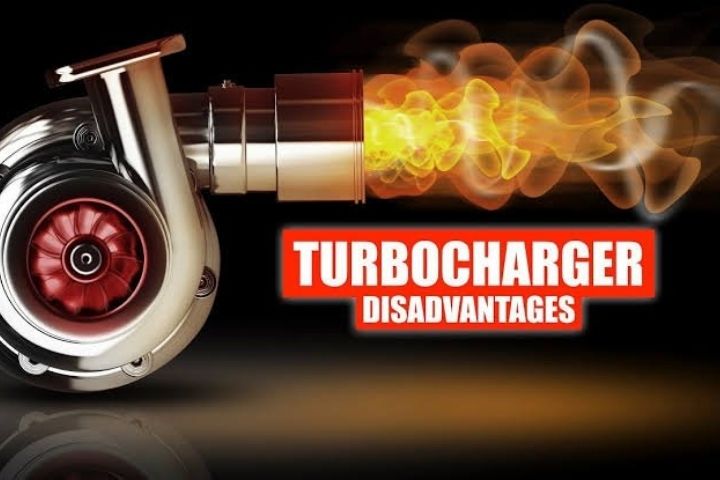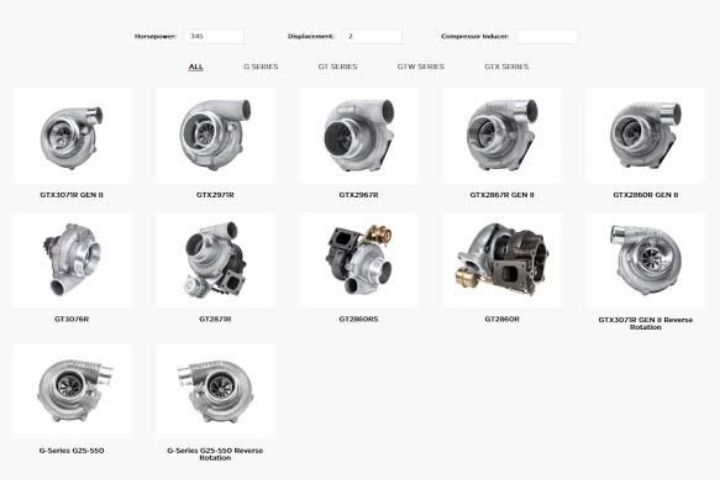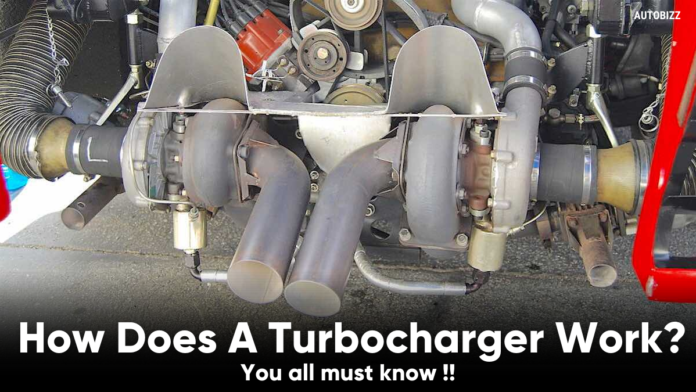Here Is How A Turbocharger Works In A Car
Turbochargers are car components that increase vehicle performance by introducing fresh air into the engine while also removing exhaust fumes. Alfred Buchi designed them in 1905, and they’ve evolved significantly since then, becoming standard engine components. Turbochargers, which consist of a compressor and a turbine, have simple mechanisms. The exhaust gases have an output that spins the turbine and acts as a suction pump for outside air.
Turbocharger Working
Exhaust gases are tapped from the exhaust and brought into the turbocharger when the engine is running. They assist in the rotation of the turbine’s wheel, which is connected to the compressor. This, in turn, draws the fresh air inwards. The air enters the engine through the intake. Sucking the air, on the other hand, causes the temperature of the air to rise. As a result, automobiles contain an additional component known as the intercooler. The input manifold is attached to the blow-off valve, which makes the trademark whooshing sound when extra air is sucked into it. The wastegate is a component connected to the exhaust manifold that aids in the release of excess gases to the atmosphere. Turbo whistle or turbo flutter is also a result of this.
Pros

- The primary goal is to increase power output and performance.
- Another advantage is that if the car is driven attentively, it will be more efficient.
- Smaller engines, particularly 1.0 litre mills, benefit from turbochargers, which would otherwise be sluggish.
Cons

- One of the limiting factor is turbo lag, which refers to the additional time spent waiting for more power to be generated.
- The power band can be narrow at times, which slows overall boost times.
Types Of Turbocharger

Cars also come with a variety of turbochargers.
- Single-Turbo
- Twin-Turbo
- Twin-Scroll Turbo
- Variable Geometry Turbo
- Variable Twin Scroll Turbo.
- Electric Turbo.

